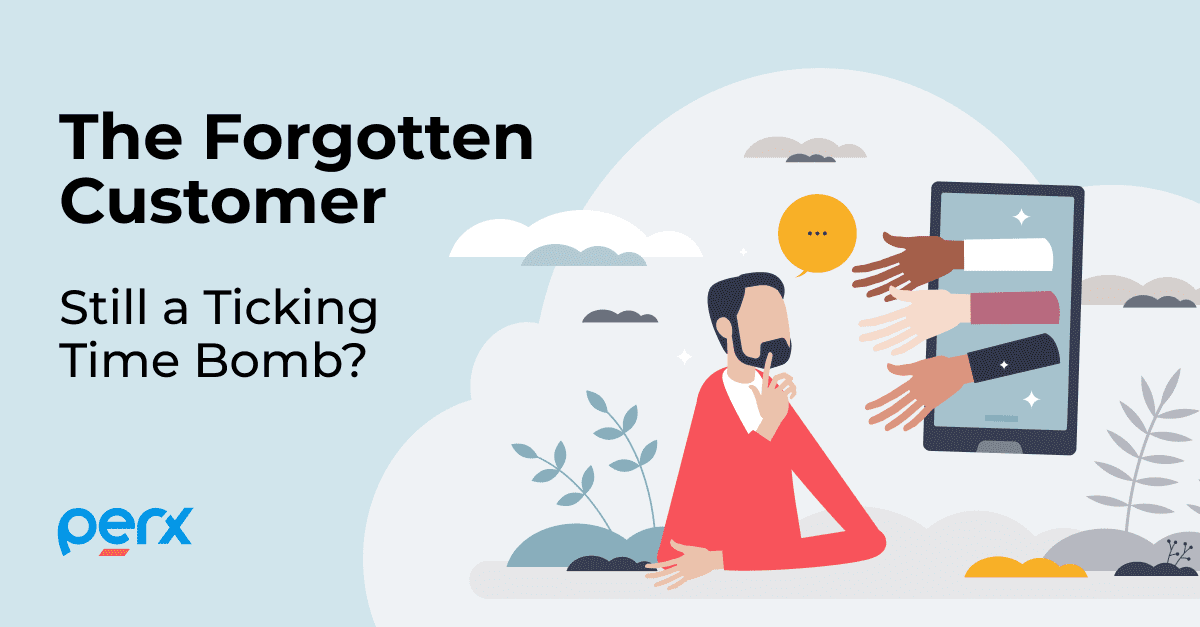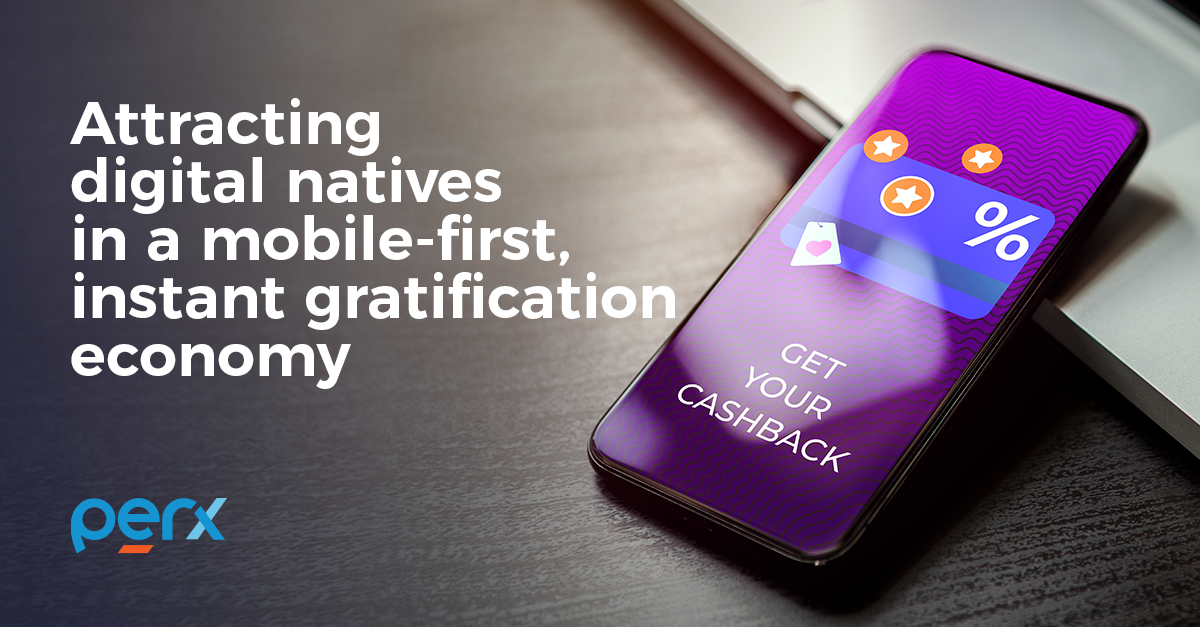How Gamification Drives Customer Engagement?

How Gamification Drives Customer Engagement
Gamification? Sounds familiar? Is it like that spin-the-wheel thing? Yeah, but there’s more. What if I told you that gamification is so much more than just that spin-the-wheel?
Before we jump into some interesting facts about gamification, let’s look at what gamification actually is and what it has to do with customer engagement?
What is Gamification?
To be put simply, gamification means applying game mechanics into non-game environments, say, for example, games you can play in your mobile banking app to win a reward, or games you can play in an LMS tool to learn new things or take a quiz. The possibilities are limitless and the market is quickly catching up to them.
Do you know the global gamification market is currently valued at 11.69 billion USD and is expected to grow at a compound annual growth rate of 12.9%? It’s getting bigger than ever.
So why is gamification so popular and is it really that effective a tool?
Yes. Gamification is designed on the canvas of human behavior. We all like to play and love to win. It brings a sense of achievement, challenge, and motivation.

What Gamification leverages human motivators to drive customer engagement.
There are two types of human motivators – Intrinsic which is the sense of autonomy, mastery, learning, love,and meaning, and Extrinsic which is money, badges, rewards, accolades, competition, fear of failure, etc. Gamification is the convergence of the two driving customer engagement, increased productivity and satisfaction.
How gamification leverages behavioural science to drive customer engagement?
So now that you know how gamification leverages behavioral science to drive customer engagement, let’s explore the many ways it does so.
New Customer Acquisition
Attract new customers through contests and rewards. Setting up rewards for user acquisition milestones is a great way to apply game mechanics, for example, first-time buyer rewards, etc. Or banks can use it to attract new customers through sweepstakes that require entrants to provide their name and email address in order to play.

Cross Sell/ Up Sell or Promote A Product
Gamification is an excellent augment to marketing tools. For example, a health and fitness center can launch a stamp card campaign to promote its new Nutrition and Diet Plan services. For example, log in 10K steps in the gym app every day for 7 days and collect 7 stamps to win a free diet plan or consultation.
Retain And Engage Customers
Loyalty feels dead because customers are actively disengaging with the brand. They get your emails but they don’t read them, why? A lot of times because it’s not personalized and also a lot of times because they don’t know what to do next with your loyalty program. Gamification is what should be the next best step. Game and reward-based campaigns help to keep your audience engaged and excited. This again goes back to your intrinsic and extrinsic motivators. It’s all about how well you can tap into their motivators.

Drive Brand Awareness
When we win, we like to flaunt it, don’t we? The same holds true for our customer engagement. Gamification-powered campaigns mixed with social media shareability are your recipe for free branding. Let users share their accolades on social media, make game-based campaigns mobile and social media friendly, or just reward them for following your social media handles.

Conclusion
Gamification is the present and future of customer engagement and is rapidly creating its mark across industries be it banking, retail, healthcare, or education. The future of customer engagement will be driven by game theory and behavioral science. Today’s consumers expect more than just a vanilla earn & burn loyalty program. They want to be engaged, excited, and involved.
Perx uses mobile-first, next-generation game elements to maximize client engagement. Using engaging game mechanics like stamps, leaderboards, quests, quizzes, and more, you can create a range of dynamic loyalty programmes! Request a free demo from our solution expert today!
Recommended for you

Blogs

Sustainability

Blogs

Blogs

Blogs
Ready to join them?


































